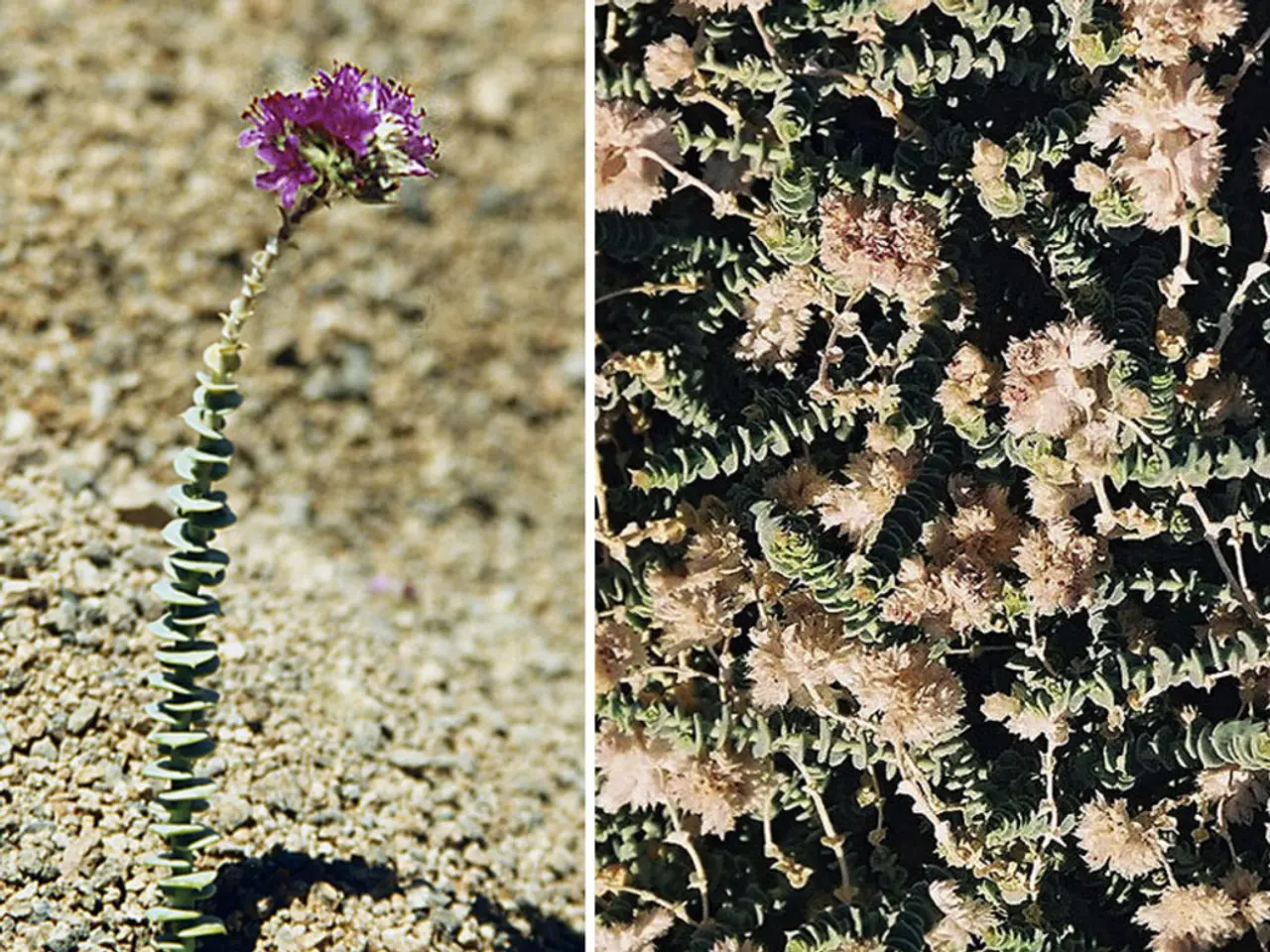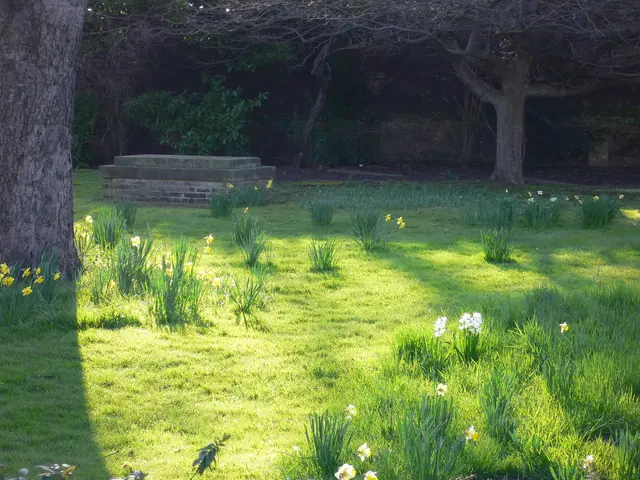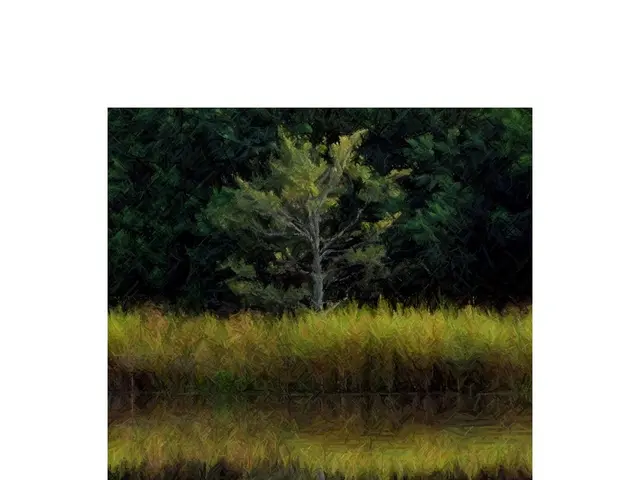Ideal Plant Companions for Viburnum: Discover 5 Outstanding Shrubs for a Stunning Garden Display in 2023
Viburnums are spectacular shrubs that can provide height and structure in borders, but did you know that they can benefit from the company of certain plants? Here's a guide to finding the best companion plants for your viburnums, tailored to different conditions.
Weigela, hardy to USDA zones 4 and warmer, is an excellent choice for cooler zones (4-9) and areas with partial shade or sun. Its burgundy foliage provides a strong color contrast with viburnum’s green leaves, while its bright flowers add an extra pop of colour. Weigela prefers protection from harsh afternoon sun in warmer areas to prevent leaf scorch and is tolerant of a range of soils.
For zones 5 through 9, Bluebeard (Caryopteris) is another great option. This shrub blooms in summer with blue flowers, offering a beautiful contrast to viburnum's deep green leaves. Bluebeard prefers full sun and well-drained, rich soil, attracting pollinators like bees, butterflies, and hummingbirds.
In addition to Weigela and Bluebeard, Red Twig Dogwood, Barberry, Thuja, and Juniper are good companions for viburnums, sharing similar site preferences. These plants offer diverse textures, berry interest, and year-round structure that complement viburnum's seasonal features.
Thuja, one of the easiest evergreen trees and shrubs to grow in borders, is hardy down to zone 5. The 'Fire Chief' Thuja, or arborvitae, is a multi-colored conifer with bright orange tips, making it a striking companion for viburnum.
For colder zones (2-4), hardy shrubs like Weigela and certain viburnums themselves work best. In warmer zones (8-10), shade to part shade companions that tolerate heat and occasional drought, such as Barberry or Juniper, are ideal.
When selecting companion plants, it's essential to mimic the light and soil conditions preferred by your viburnum variety. Shade-loving viburnums go well with shade-tolerant companions, while sun-loving varieties pair well with sun-tolerant plants.
Viburnums provide cover and food for wildlife, making native or wildlife-friendly companions a good choice, especially in southeastern North America where many viburnum species are native. Dozens of hosta varieties would help to illuminate shady spots, while Bunchberry dogwood and foamflowers are full-shade perennials that work well alongside viburnums in darker situations.
Creeping juniper can grow down to zone 4 and is versatile, typically thriving in most locations, growing well in full sun and poor soils. This low-growing native plant can create a green carpet effect around larger viburnum shrubs.
Lastly, both Viburnum tinus and Viburnum davidii have unrivalled scent, making them excellent choices for adding fragrance to your garden.
In summary, the optimal viburnum companion plants depend mainly on your local hardiness zone and sunlight exposure, but Weigela, Bluebeard, Red Twig Dogwood, Barberry, Thuja, and Juniper are among the top recommendations for a range of climates from zones 2 through 10. Matching plant light and soil preferences ensures harmonious and healthy garden combinations.
[1] Gardening Know How. (n.d.). Companion Plants for Viburnum. Retrieved from https://www.gardeningknowhow.com/ornamental/shrubs/viburnum/companion-plants-for-viburnum.htm [2] The Spruce. (n.d.). Viburnum Companion Plants. Retrieved from https://www.thespruce.com/viburnum-companion-plants-1390520 [3] Monrovia. (n.d.). Caryopteris 'Blue Mist Spire'. Retrieved from https://www.monrovia.com/Plant-Search/Caryopteris/Blue-Mist-Spire/1005183
- In a home-and-garden setting, incorporating Weigela, hardy to USDA zones 4 and warmer, can be a beneficial addition to the lifestyle of those with viburnums in cooler zones (4-9), as its burgundy foliage and bright flowers provide a striking contrast.
- For individuals living in zones 5 through 9, Bluebeard (Caryopteris) could be an excellent choice for their lifestyle, as its blue flowers offer a beautiful contrast to viburnum's deep green leaves and attract pollinators, while preferring full sun and well-drained, rich soil.








